5 Homemade Facial Toners to Get Your Skin in Great Condition
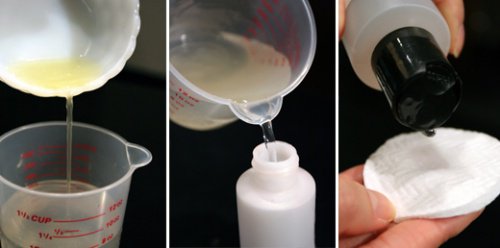
Today there are many things that can negatively affect the appearance and health of the skin. That’s why a good skincare regimen is so important. Today, we’ll share with you some easy facial toners that you can make at home.
These toners can help fight aging, laxness, and other skin problems. According to a study from the University of Sevilla, these toners are also safe for your skin. They are free of chemicals and made from natural products like carrot, cucumber, lemon, or vinegar.
Why should you use facial toners?
As the years go by, you must become aware of the things required to care for your skin if you want to keep it from looking lifeless, wrinkled, saggy, or blemished.
Although lots of people use moisturizers to hydrate their skin every day, many of them forget that there’s a fundamental first step: facial toner.
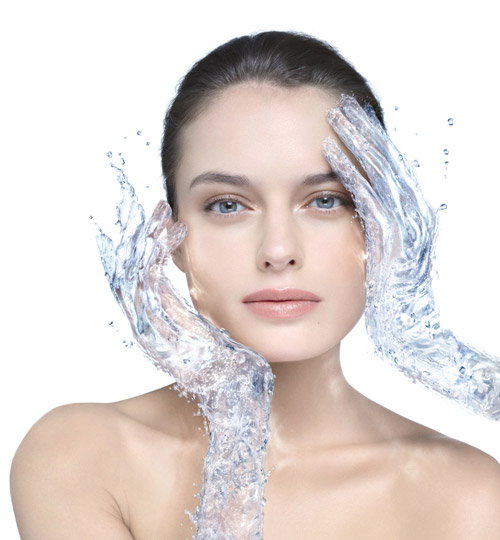
You should use a facial toner twice a day:
- When you wake up: after you wash and rinse your face with cold water, but before you moisturize.
- At night: before going to bed.
It’s very important that you choose a natural toner, like the ones in today’s article, that’s free of alcohol and other ingredients that are too aggressive for the skin.
We recommend reading: Homemade toner for reducing wrinkles
5 homemade facial toners
1. Carrots
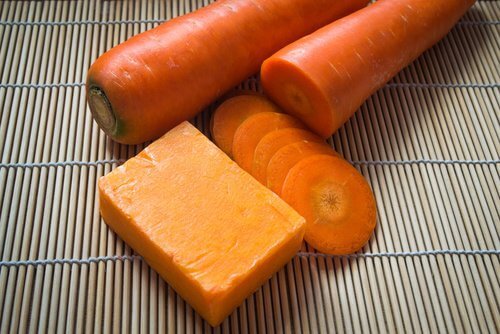
You can usually find this toner in stores and supermarkets that sell natural skin care products.
In addition to applying carrot toner topically, drinking carrot juice in the mornings has great benefits for your physical health.
2. Cucumber and lemon
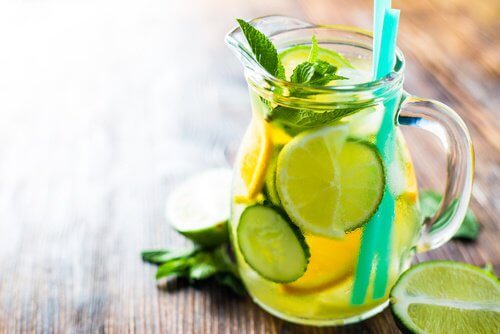
Blend a medium-sized cucumber with half a lemon.
Cucumber, which has a high water content, is very refreshing. It also cleans and soothes the skin of the face. This can be quite useful when you wake up with puffy eyelids or inflamed skin.
Lemon is a great natural cleanser, ideal for people suffering from acne, dark spots, or blemishes.
Apple cider vinegar
For this simple homemade toner, all you need is some high-quality apple cider vinegar that’s unpasteurized and organic, so it retains all of its vitamins and minerals.
Vinegar is an acidic ingredient, and the skin of your face also has a slightly acidic pH (between 4.2 and 5.6). You must retain that acidity if you want to prevent dry or skin with lifeless appearance. Consequently, this could be an ideal part of your skincare regimen. That being said, a study from the Nutrition Department at Arizona State University recommends skepticism when it comes to claims about the uses of apple cider vinegar, as there isn’t enough scientific evidence to back them up.
Preparation
- Mix one part apple cider vinegar with four parts of water.
4. Rosewater
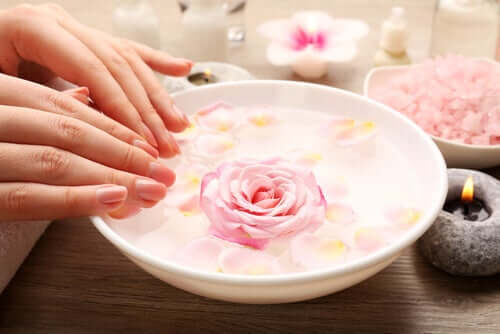
Rosewater is the distilled liquid that’s extracted from the petals of the flower.
According to a study from Kyung Hee University, it has anti-inflammatory properties that help close your pores, eliminate excess water, and diminish the redness of dilated capillaries.
See also: 8 foods for clear skin
Rosemary
Facial toner made from rosemary is an ancient beauty remedy because this medicinal plant helps improve circulation and the appearance of the skin. A study from Paulista State University (Brazil) confirms this.
You can prepare it in two different ways:
- Chop some fresh rosemary and mix it with equal parts apple cider vinegar and water.
- Mix two teaspoons (10 ml) of water with 15 drops of rosemary essential oil.
Always stir the mixture well before applying, and it’s best to use a small spray bottle.
All cited sources were thoroughly reviewed by our team to ensure their quality, reliability, currency, and validity. The bibliography of this article was considered reliable and of academic or scientific accuracy.
- Navarrete Franco, G. (2003). Histología de la piel. Rev Fac Med UNAM.
- Consalvo, L., Dabhar, M., Santiesteban, M. M., Stengel, F. M., & Femando, D. (2006). Envejecimiento cutáneo ¡La expectativa de vida no deja de aumentar… el envejecimiento tampoco! Arch Argent Dermatol.
- Merino, J., & Noriega, M. (2011). La piel: Estructura y Funciones. Universidad de Cantabria.
- González Minero, F. J., & Bravo Díaz, L. (2017). Historia y actualidad de productos para la piel, cosméticos y fragancias. Especialmente los derivados de las plantas. Ars Pharmaceutica (Internet), 58(1), 5-12. http://scielo.isciii.es/pdf/ars/v58n1/2340-9894-ars-58-1-5.pdf
- Johnston, C. S., & Gaas, C. A. (2006). Vinegar: medicinal uses and antiglycemic effect. Medscape General Medicine, 8(2), 61. https://www.ncbi.nlm.nih.gov/pmc/articles/PMC1785201/
- Lee, M. H., Nam, T. G., Lee, I., Shin, E. J., Han, A. R., Lee, P., … & Lim, T. G. (2018). Skin anti‐inflammatory activity of rose petal extract (Rosa gallica) through reduction of MAPK signaling pathway. Food science & nutrition, 6(8), 2560-2567. https://www.ncbi.nlm.nih.gov/pmc/articles/PMC6261181/
- De Oliveira, J. R., Camargo, S. E. A., & De Oliveira, L. D. (2019). Rosmarinus officinalis L.(rosemary) as therapeutic and prophylactic agent. Journal of biomedical science, 26(1), 5. https://www.ncbi.nlm.nih.gov/pmc/articles/PMC6325740/
This text is provided for informational purposes only and does not replace consultation with a professional. If in doubt, consult your specialist.








